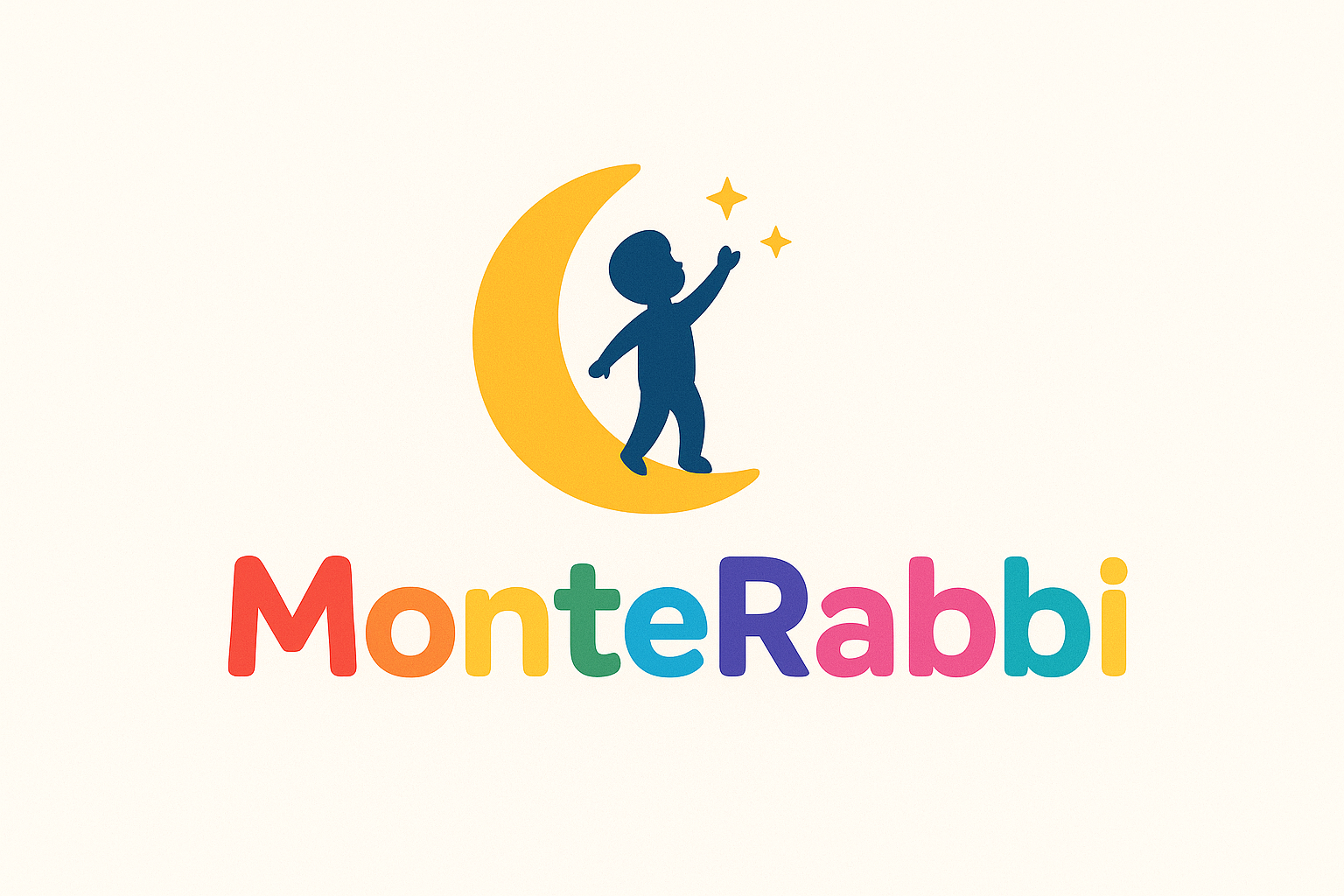It always surprises me how my speech delayed son got over the potty training phase.
You see it was really an excruciatingly tough time.
Diapers were exorbitant.
I was broke.
And frustrated that he was not learning how to use the potty fast.
It was even more disappointing that he could not express himself verbally when he wanted to go for a pee or poo.
And so it was not really an easy period for me.
Until I realized that he was not yet ready to use the potty chair. And so would just drive it making some car sounds.
But when he was ready for the potty training, everything went out smoothly.
You see he had just joined school and could see other kids that were used to the potty chair.
And so this created an effect on him that he also need to use the potty.
And so got ready.
Potty training readiness can vary from child to child, but there are several signs to look for that may indicate your toddler is ready to start the potty training process. Keep in mind that it’s essential to be patient and flexible during this transition, as not all children develop at the same rate. Here are some signs that your toddler might be ready for potty training:
- Interest in the Potty: Your child might start showing curiosity about the toilet or potty chair. They may ask questions about it or want to watch others use it.
- Awareness of Bodily Functions: When your toddler begins to notice and comment on their wet or soiled diapers, it can be a sign that they are becoming aware of their bodily functions.
- Staying Dry for Longer Periods: If your child’s diaper stays dry for longer stretches, especially after naps, it may indicate that they can control their bladder to some extent.
- Expressing Discomfort: Some children become uncomfortable or unhappy when their diapers are wet or soiled. They may pull at the diaper, touch their genital area, or show signs of displeasure.
- Consistent Poop Schedule: If your child has a somewhat predictable poop schedule, this can make it easier to anticipate when they might need to use the potty.
- Communication Skills: Being able to communicate their needs is crucial. Your toddler should be able to express when they need to go, either through words, gestures, or signals.
- Independence: If your child is showing signs of wanting to do things independently, such as pulling pants up and down or wanting to be involved in the dressing and undressing process, this can be a positive indicator.
- Staying Dry After Naps: If your child consistently wakes up from naps with a dry diaper, it suggests they can control their bladder while sleeping, which is a significant milestone.
- Showing Interest in Underwear: Some toddlers may express a desire to wear “big kid” underwear instead of diapers.
- Following Instructions: Your child should be able to follow simple instructions, such as sitting on the potty when asked to do so.
- Being Cooperative: Willingness to cooperate and participate in the potty training process is important. They should be willing to sit on the potty, even if they don’t always produce results.
- Understanding Cause and Effect: Your toddler should understand that using the potty leads to a positive outcome (e.g., praise or rewards) and that not using it results in discomfort (e.g., wet or soiled diapers).
Remember that potty training is a process that can take time and patience. Every child is different, and it’s crucial to wait until your child is showing several of these signs before you begin the process. Pushing a child into potty training before they are ready can be counterproductive and lead to resistance or setbacks. When you do start potty training, stay consistent, offer praise and positive reinforcement, and be prepared for accidents along the way.
